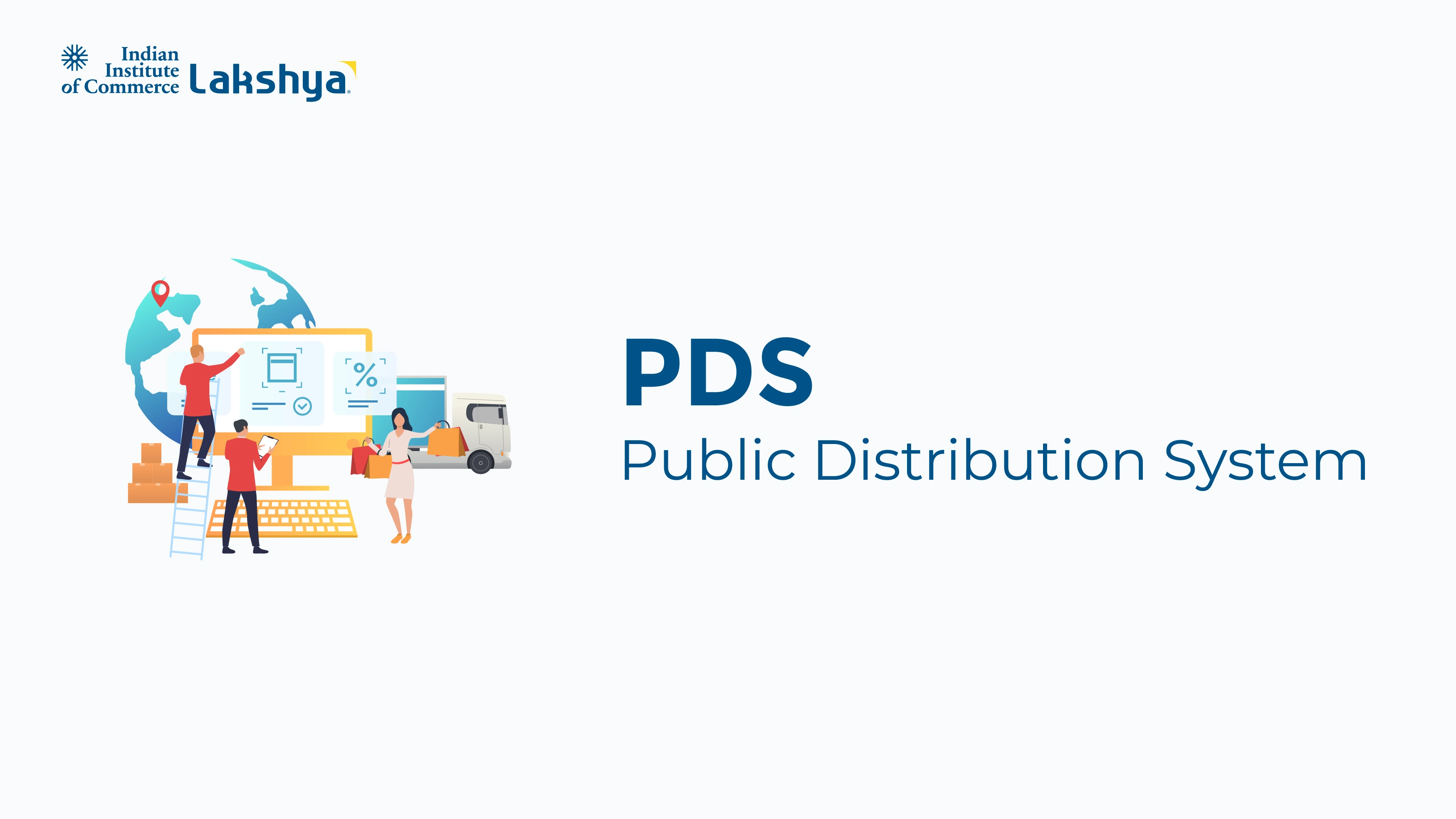Maslow's Hierarchy of Needs
Last Updated On -16 Jun 2025

For many years, the theory of motivation has captivated academics, teachers, and businesspeople equally. American psychologist Abraham Maslow's 1943 Hierarchy of Needs is one of the most enduring and influential models ever developed. Represented as a pyramid, the five-tier model of human needs that the framework describes influences our motives, behaviour, and decision-making at each level.
Whether in personal development, marketing, leadership, or employee engagement, Maslow's theory remains pertinent today. This blog examines every level of the Hierarchy in great detail, along with its pragmatic implications for management and business.
What is Maslow’s Hierarchy of Needs?
According to Maslow's theory, people must meet lower-level needs before progressing to higher levels; human needs are organised in a hierarchical structure. The first five-tier system comprises:
- Physiological Requirements
- Safety requirements
- Belongingness and Love
- Esteem Requirements
- Actualization for Self
Later, Maslow added Cognitive, Aesthetic, and Transcendence requirements to the model. However, the five-level version remains the most widely used and well-known, particularly in disciplines such as business, management, and psychology.
The Hierarchy of needs stated by Maslow aligns with broader management principles explored by other thinkers, which are listed below:
- 14 Principles of Management by Henri Fayol
- Taylor's Scientific Management Principles
- Drucker's Management Principles
- Weber's Management Theory
- Kaizen Management Principles
Physiological Needs: Groundwork for Survival
Air, water, food, sleep, clothes, and housing are the most fundamental human needs. One cannot concentrate on anything else until they are satisfied.
In a workplace, companies must guarantee fair pay, a safe and clean workplace, regular breaks, access to food and water, and other essential benefits. No matter the incentives, a hungry or tired employee cannot perform as best as they could.
Safety Needs: Looking for Stability and Security
People desire safety and stability, freedom from terror, law and order, personal security, financial stability, and health protection, once physiological demands are met.
Modern companies seek job stability, insurance, anti-harassment policies, and a well-organised work environment, among other benefits. Companies that provide consistent contracts and professional trajectories draw superior talent in an uncertain market.
Social Connection: Love and Belongingness
As social creatures, this level emphasizes the importance of emotional ties, including family, friendships, intimacy, and group affiliations.
Creating a sense of team spirit, inclusiveness, and belonging is vital in a workplace culture. Retreats for companies, group projects, mentoring, and open lines of communication all help satisfy this demand.
"People leave cultures, they leave jobs." This level advises companies that staff retention depends much on team building and friendly coworkers.
Esteem Needs: Respect and Recognition
At this level, people work for confidence, respect, and recognition. Two kinds exist:
- Reduced dignity: Respect from others, status, acknowledgement, fame, needed here
- Higher regard: mastery, independence, self-esteem.
In professional settings, job titles, performance reports, and promotions help meet esteem demands. Encouragement of staff development, empowerment of decision-making, and public recognition of excellent work are equally vital.
Self-actualization: Realizing one's potential
Maslow's original Hierarchy ranks this highest among all. Seeking authenticity, meaning, creativity, and direction, self-actualized individuals strive to be the best versions of themselves.
In the business realm, companies that value personal growth, creativity, and autonomy empower staff members to reach this point. Opportunities to lead initiatives, follow one's interests, or support important causes embody self-actualisation in action.
Although not everyone achieves this level, those who do usually make significant contributions to their areas.
Maslow's Theory Relevance in Management and Business
More than just a theory, Maslow's Hierarchy of Needs is a prism through which one views human behaviour, a guide for effective leadership, and a tool for creating happy workplaces. It provides a timeless strategy to grasp motivation and drive achievement at every level of a company, benefiting business leaders, professionals, and commerce students alike.
Remember: the best tactics begin with understanding human needs, whether your focus is on developing a brand, managing people, or creating consumer experiences.
Maslow's Hierarchy is a strategic framework rather than only a psychological hypothesis for:
- Human Resource Management: Creating rules supporting needs at all levels
- Marketing: Knowing consumer psychology will help one place products.
- Leadership: Empowering teams depending on motivating needs
- Customer Service: Empathy helps one to meet consumer expectations.
For example, a luxury automobile advertisement can appeal to esteem demands (status). While a wellness brand might appeal to health and safety. To raise team cohesion and respect, a manager could also emphasise a sense of belonging.
Modern Relevance and Criticism
Some opponents contend that although there are unmet safety needs, some people may prefer esteem over love or self-actualization, therefore challenging the rigidity of the Hierarchy.
Different cultures influence the priorities of needs.
Meanwhile, Maslow himself acknowledged the adaptability of his approach. Despite restrictions, it remains a fundamental instrument in personal development plans, consumer psychology, and organisational behaviour.
Explore More
Commerce insights at your fingertips! Explore our Commerce Topics now.
Frequently Asked Questions (FAQs)
Is Maslow's Hierarchy still relevant today?
Absolutely. Although developed decades ago, it provides a robust framework for understanding motivation in both personal and professional contexts.
Can hierarchical needs cross over?
Correct. Depending on their personality, culture, and way of life, people can simultaneously feel needs at several levels.
How may Maslow's theory be used in marketing?
Marketers use it to know what drives consumers, e.g., necessities for essential items, esteem of luxury, or self-actualization for health and development products.
How many companies implement Maslow's Hierarchy?
From safety to personal fulfilment, the design of work environments, roles, and incentives satisfy the whole spectrum of employee demands.








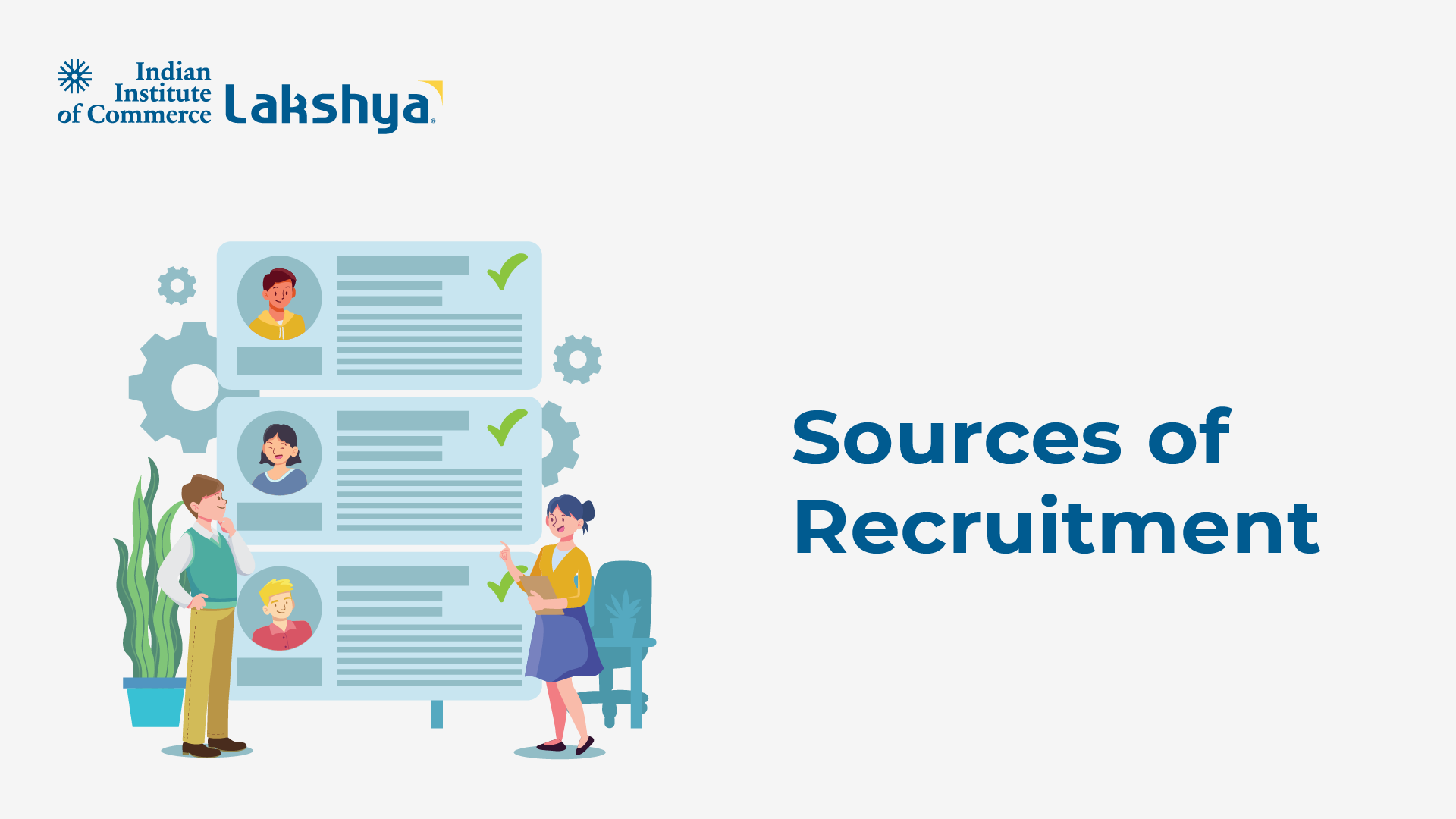











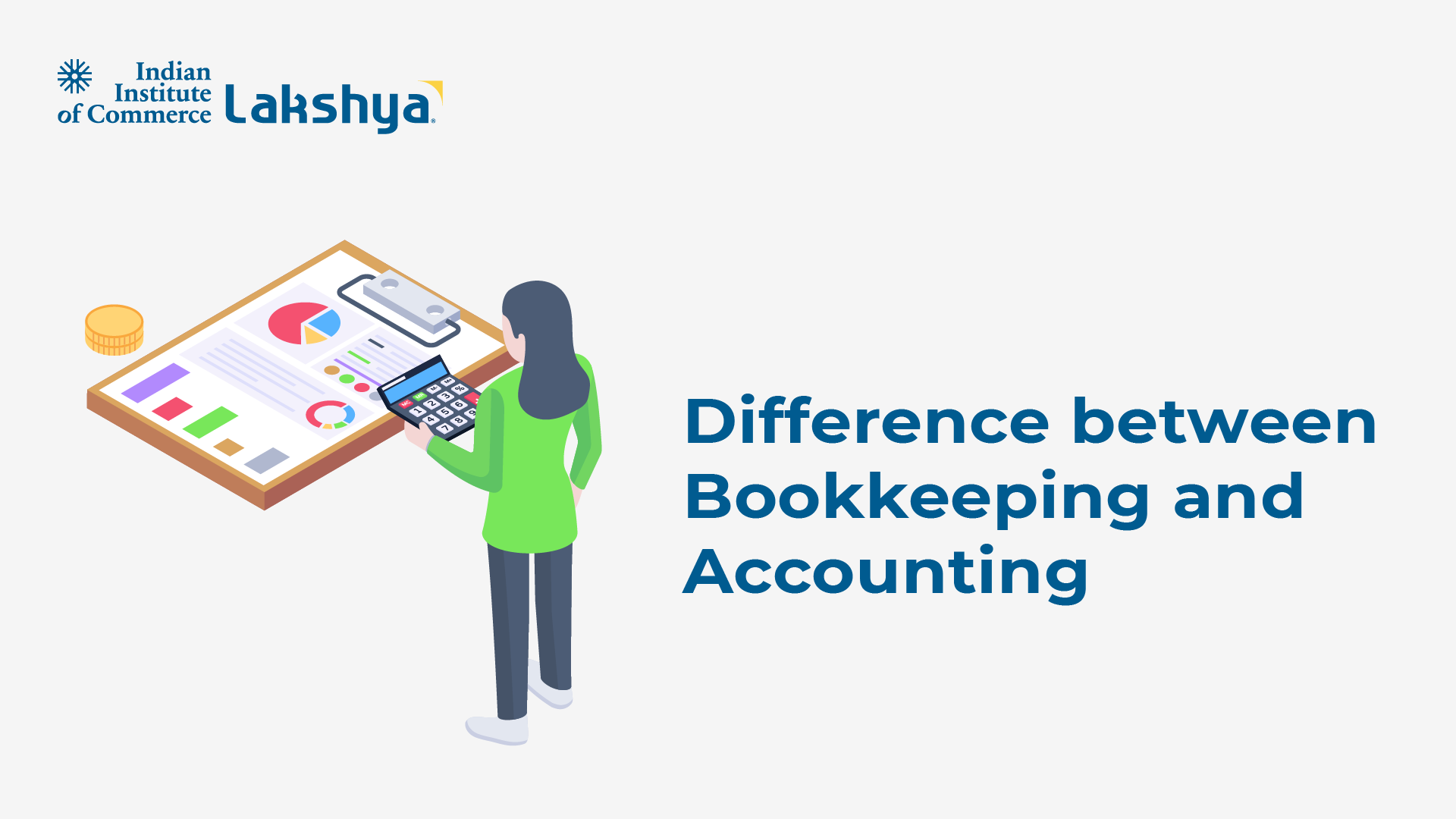














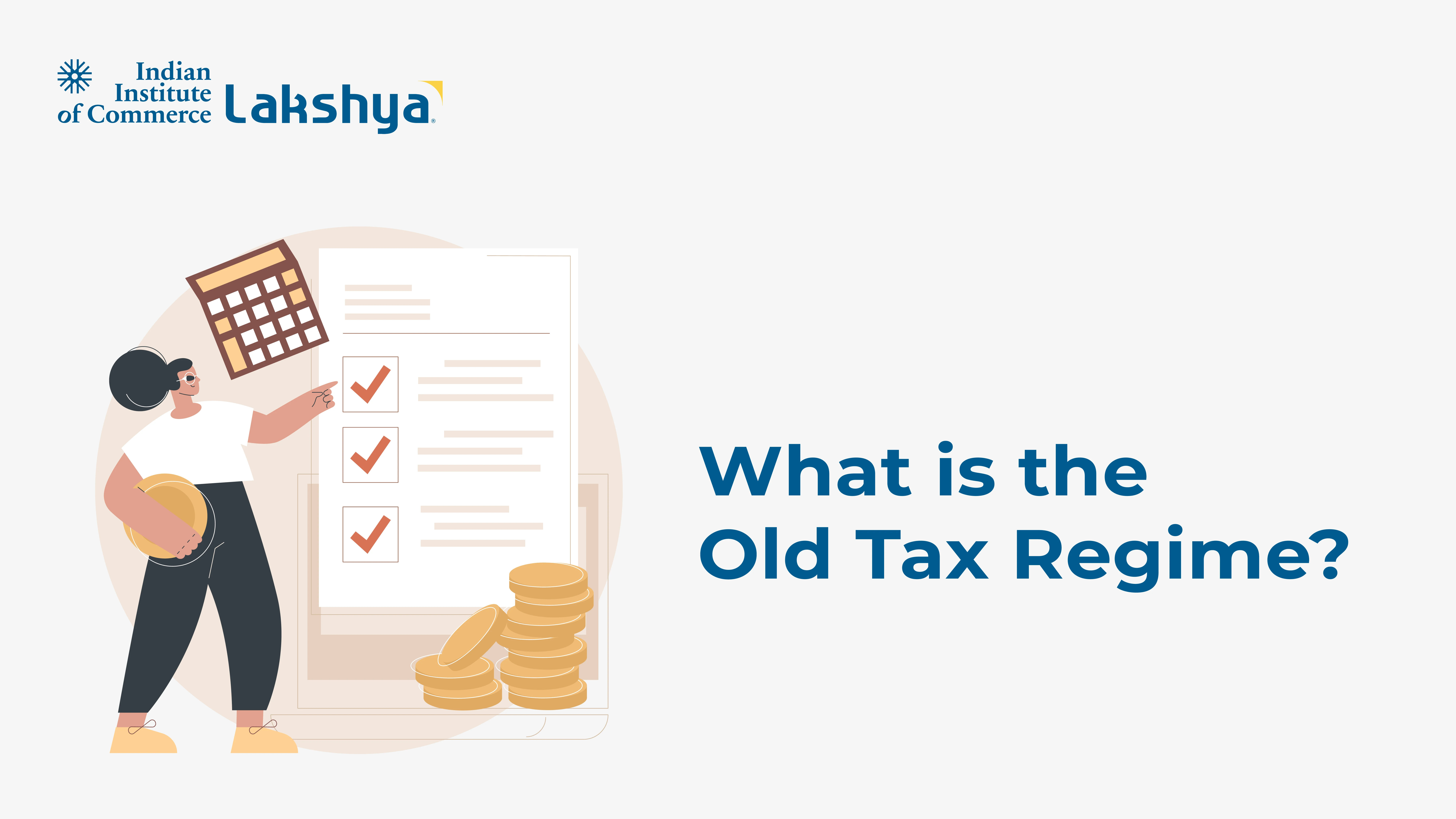




















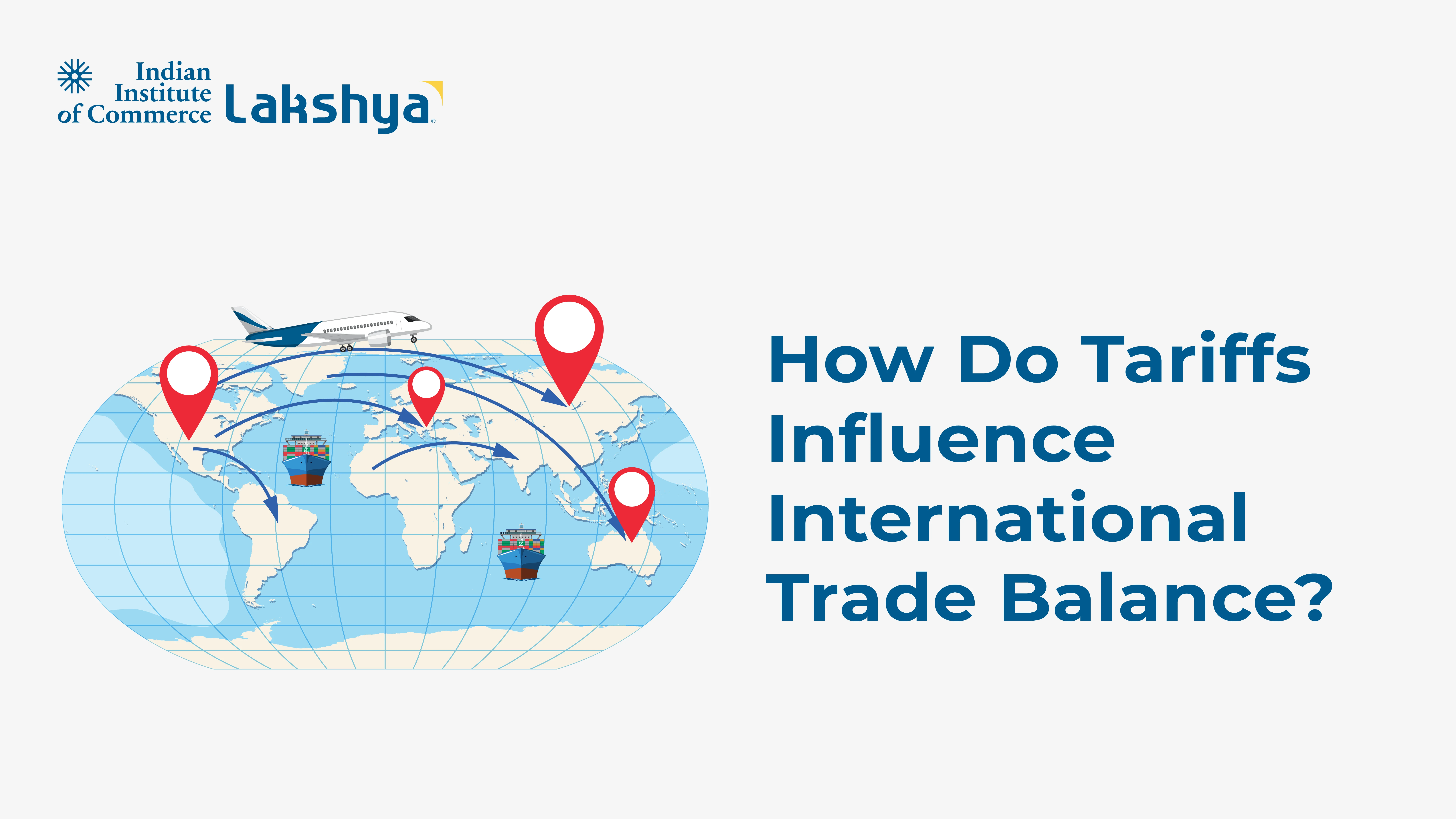























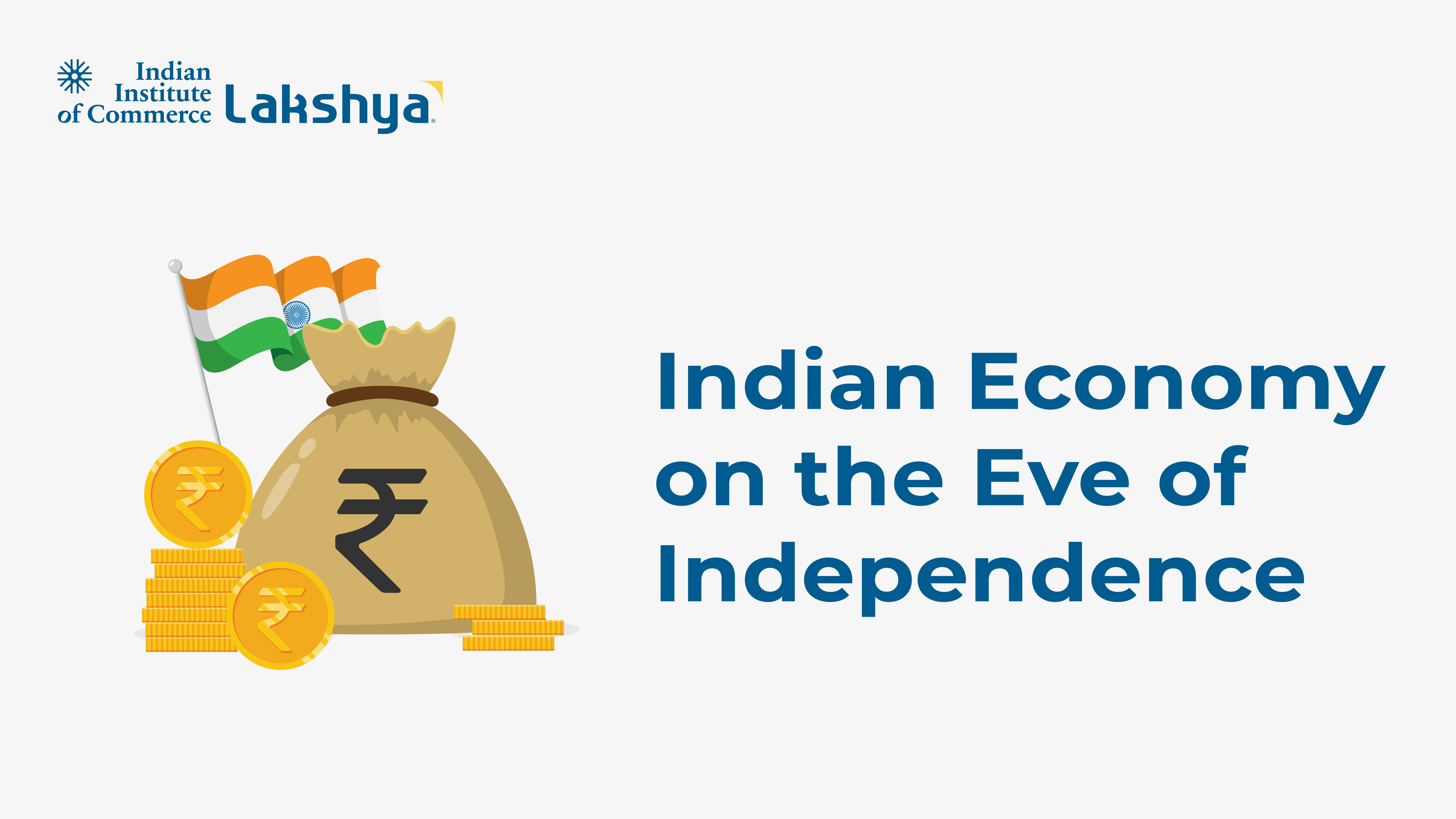











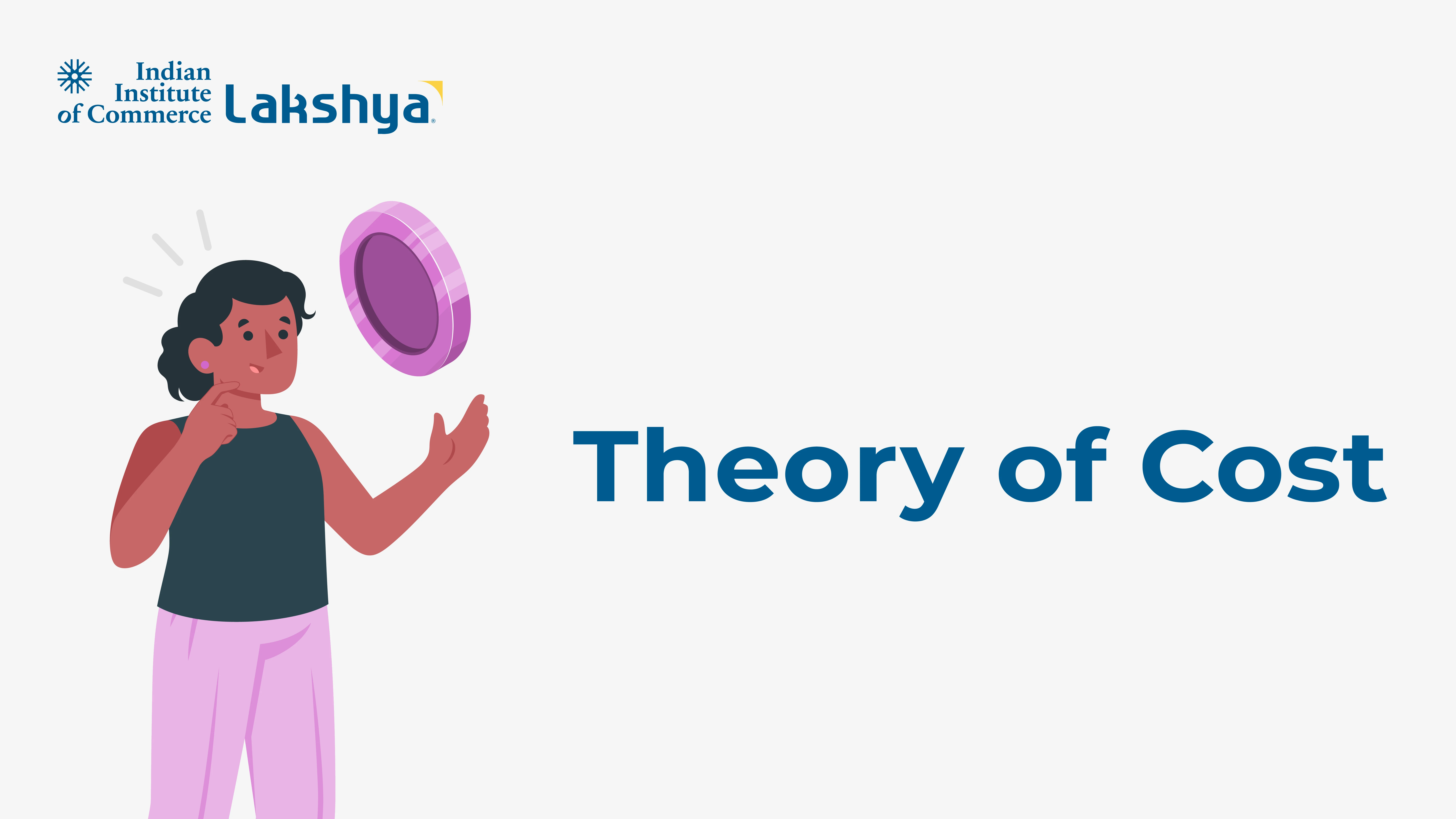












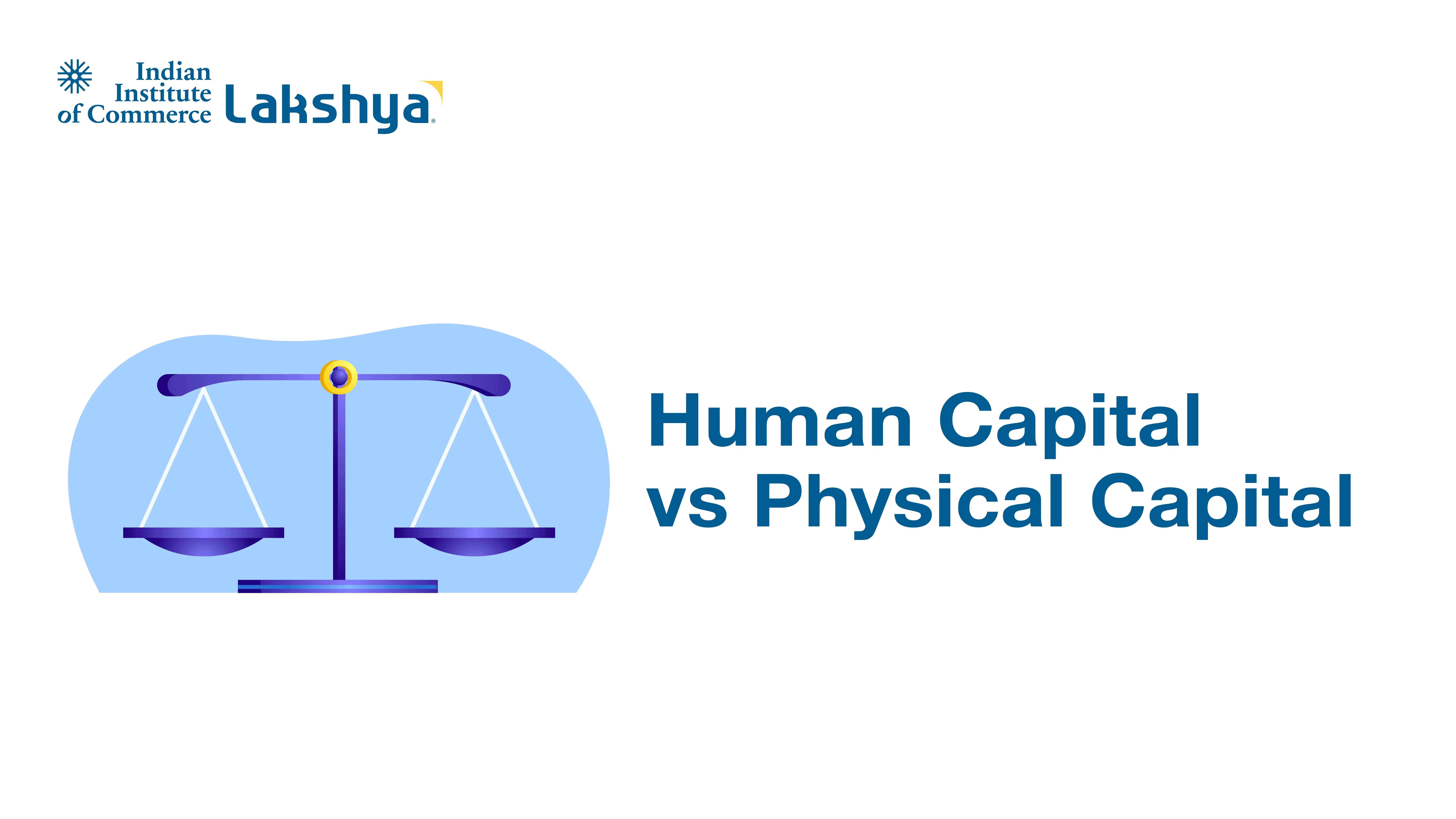















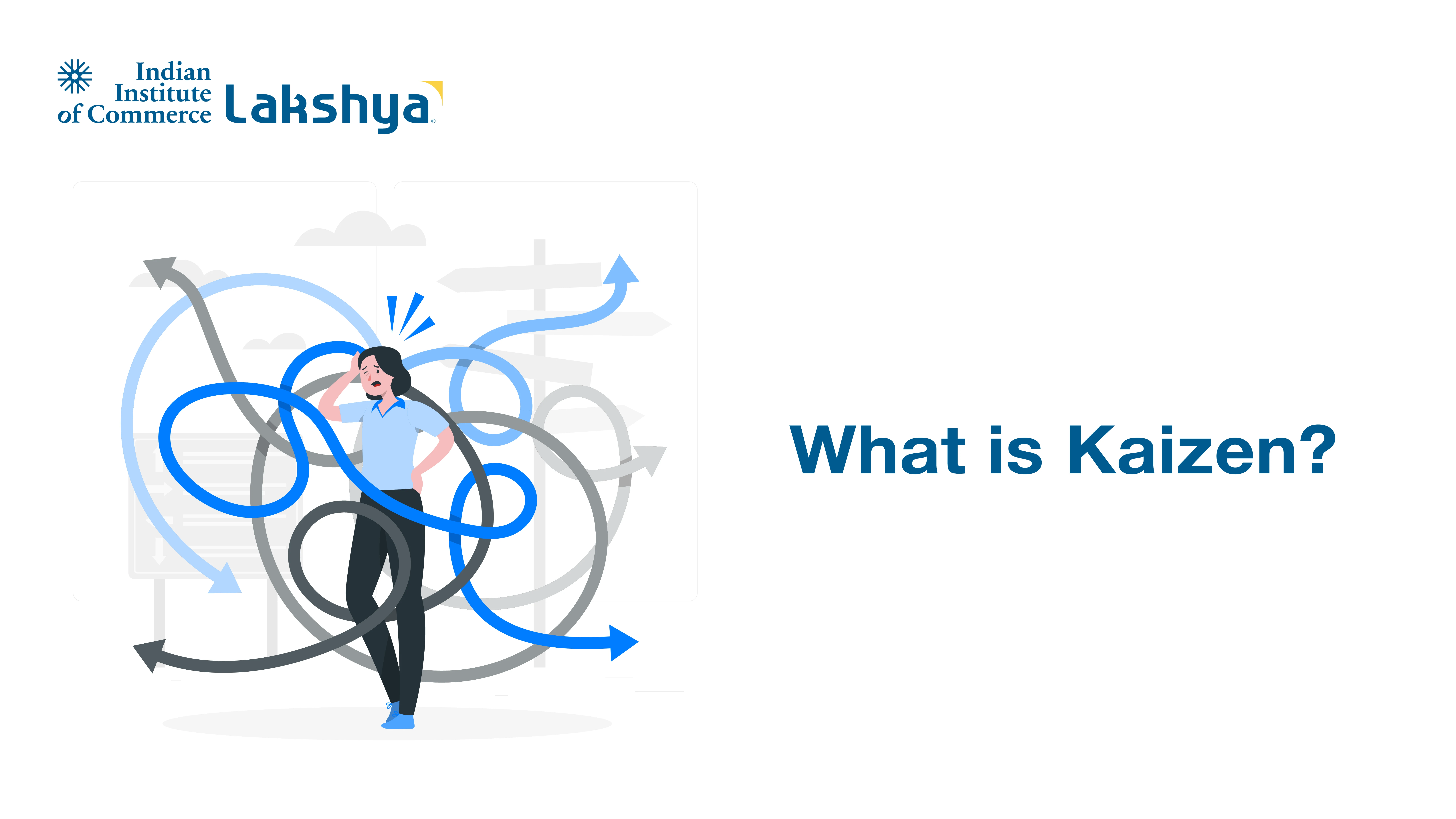



















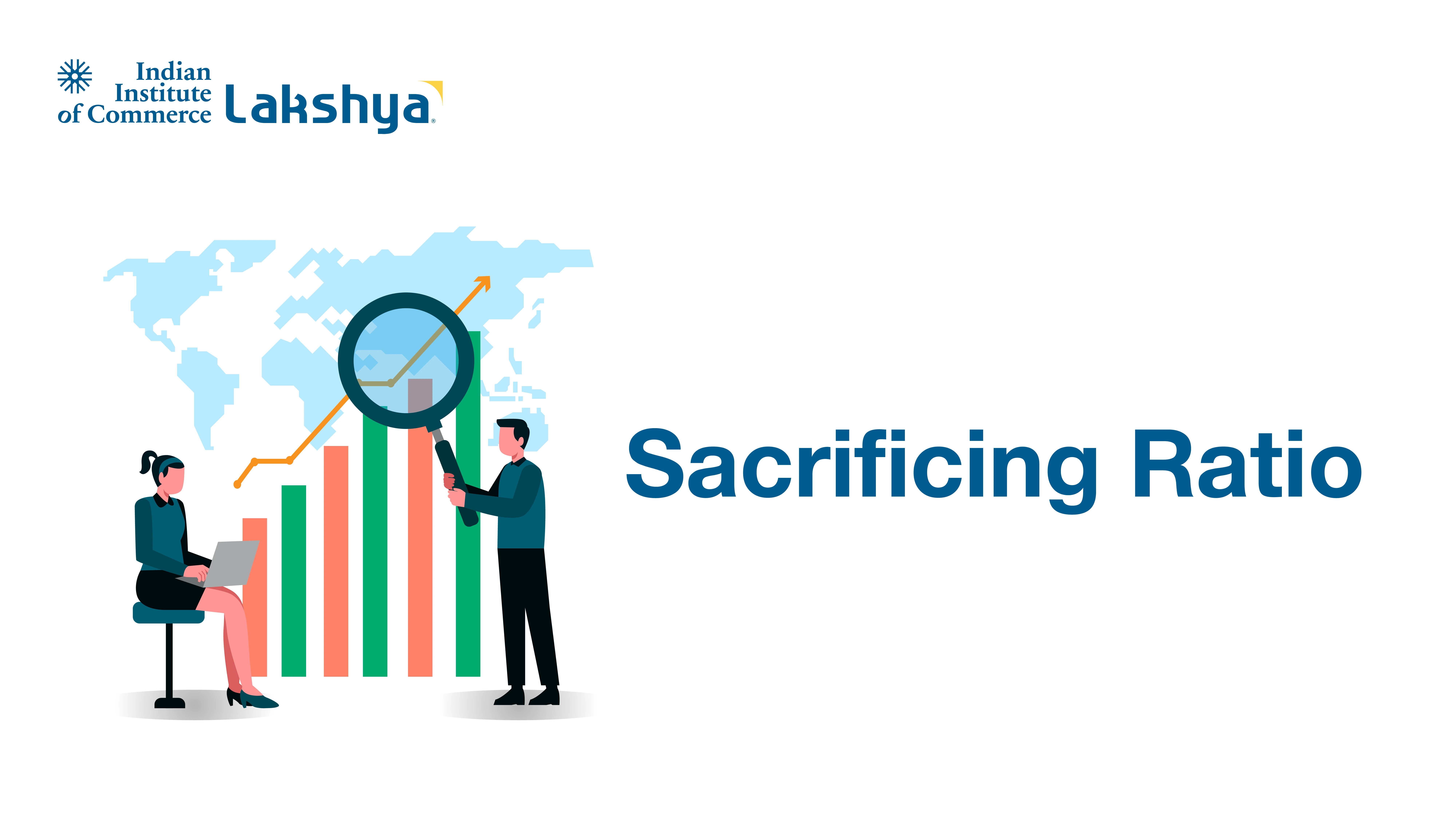
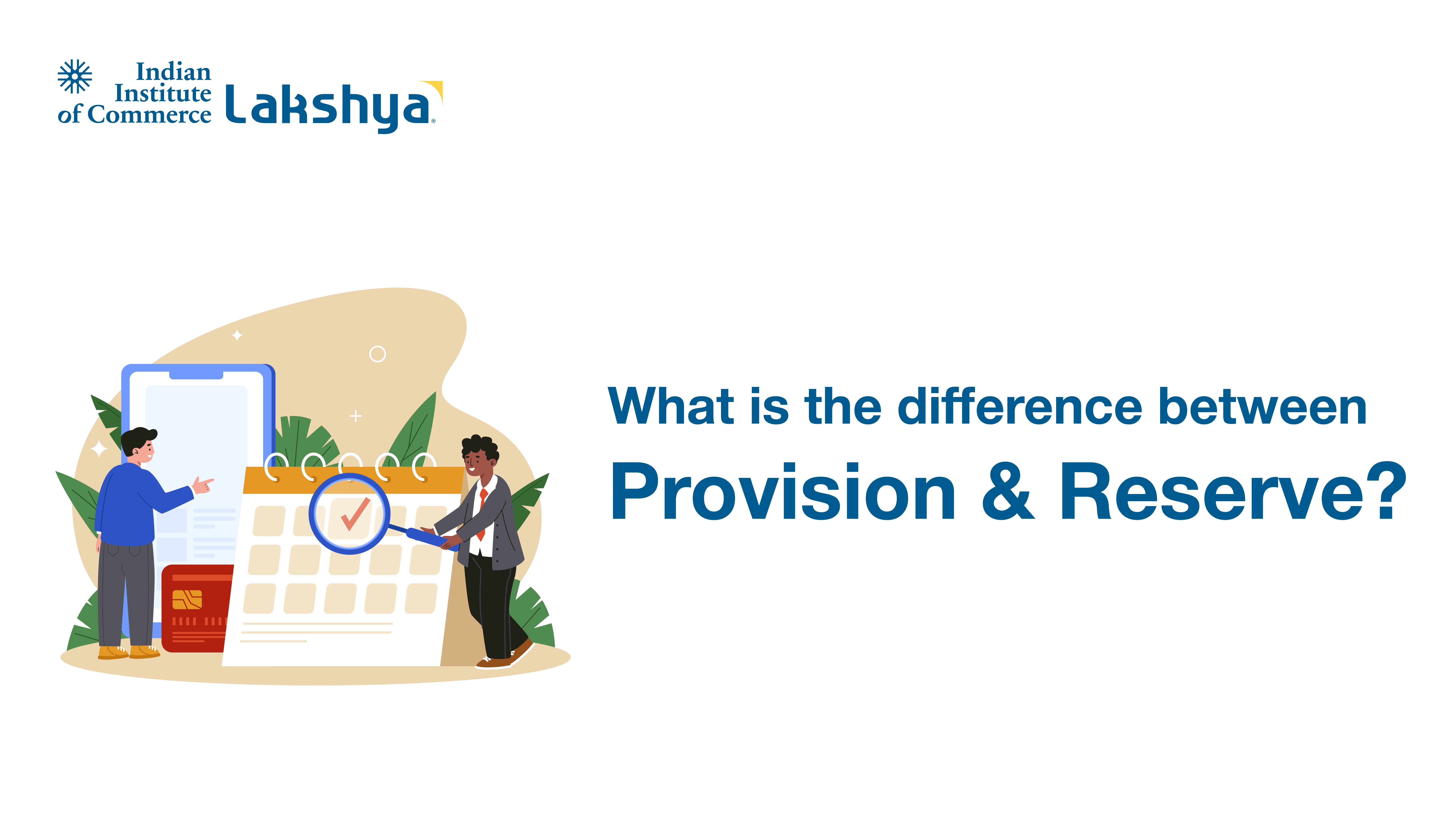
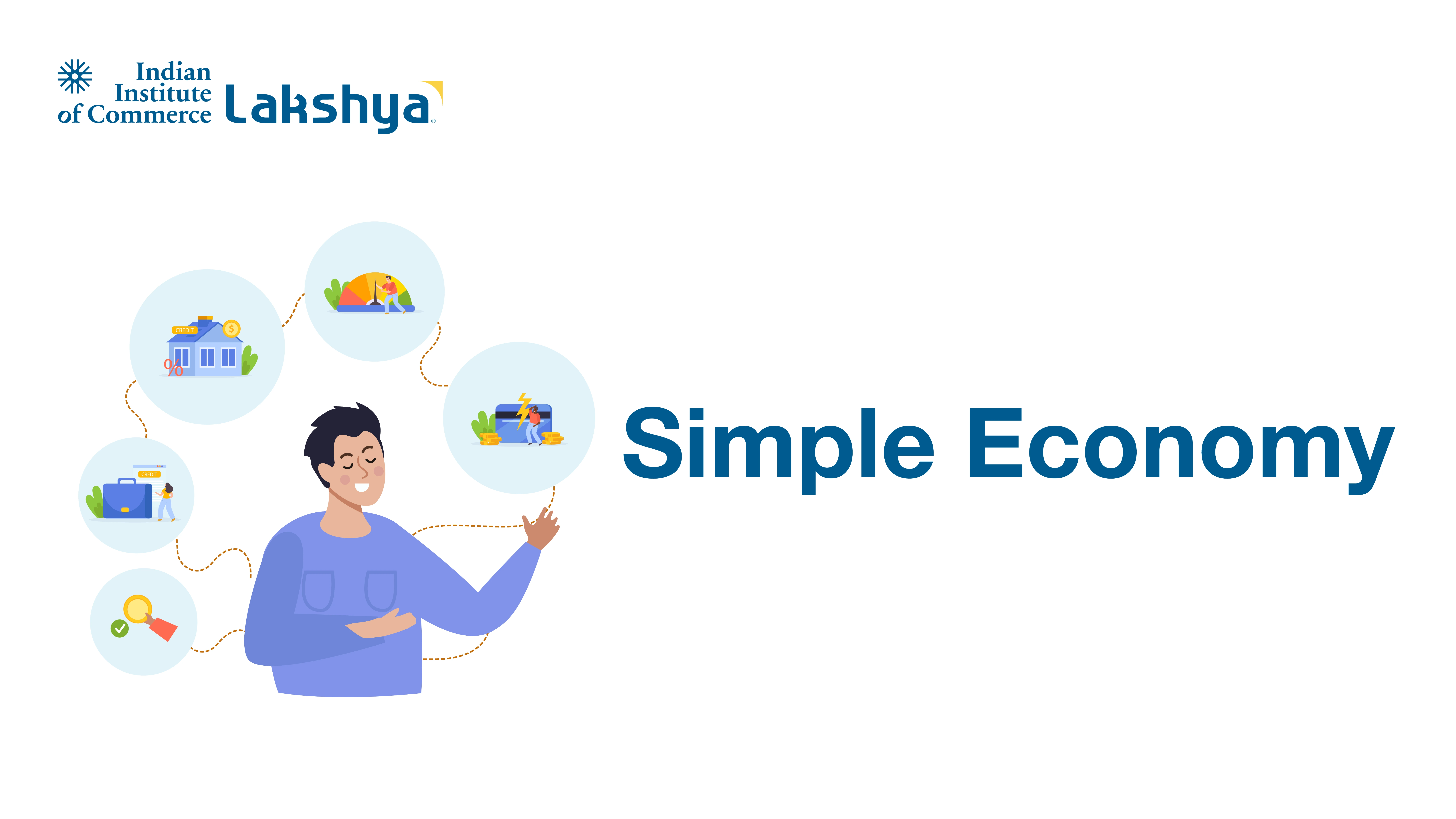







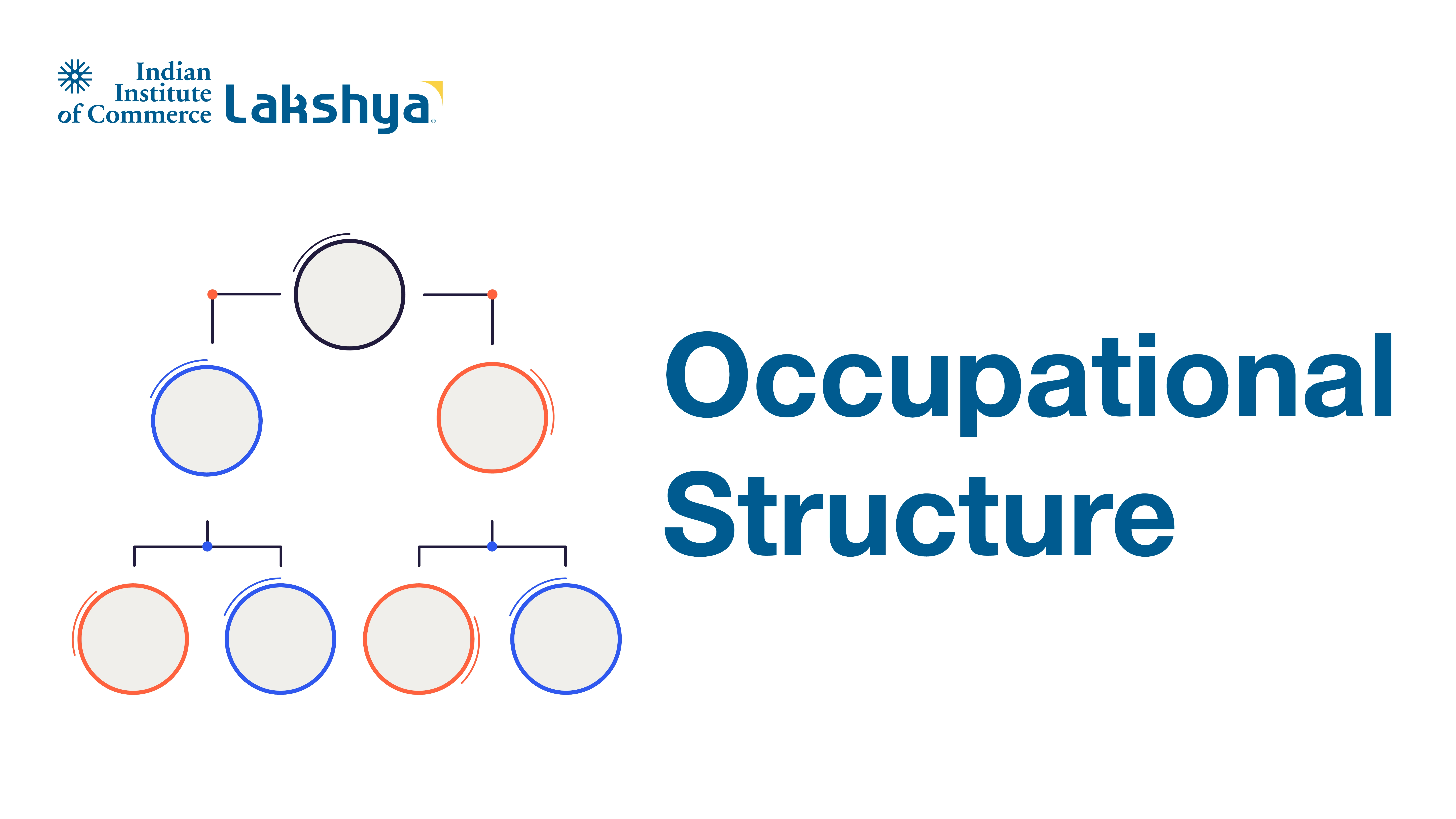



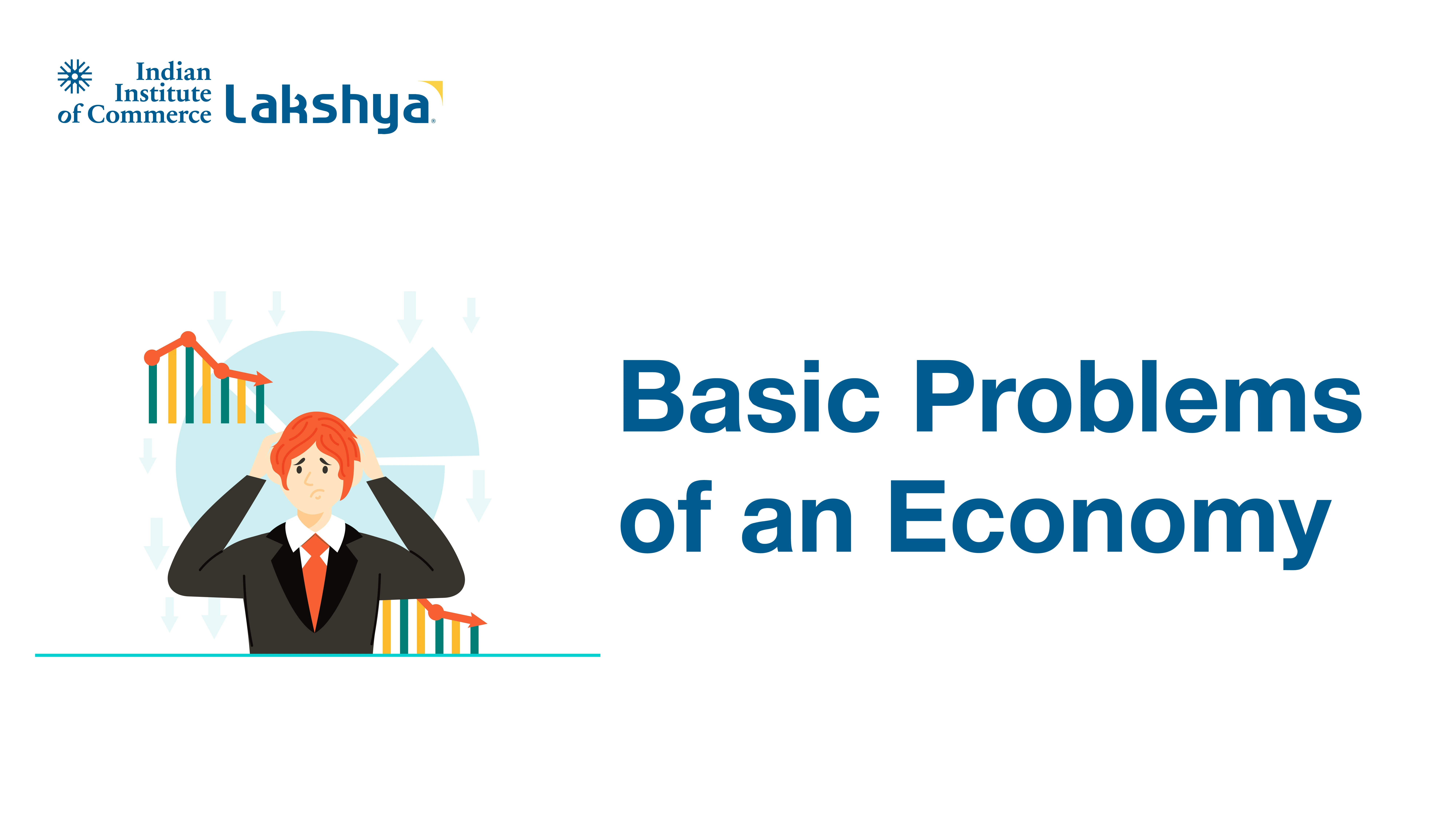
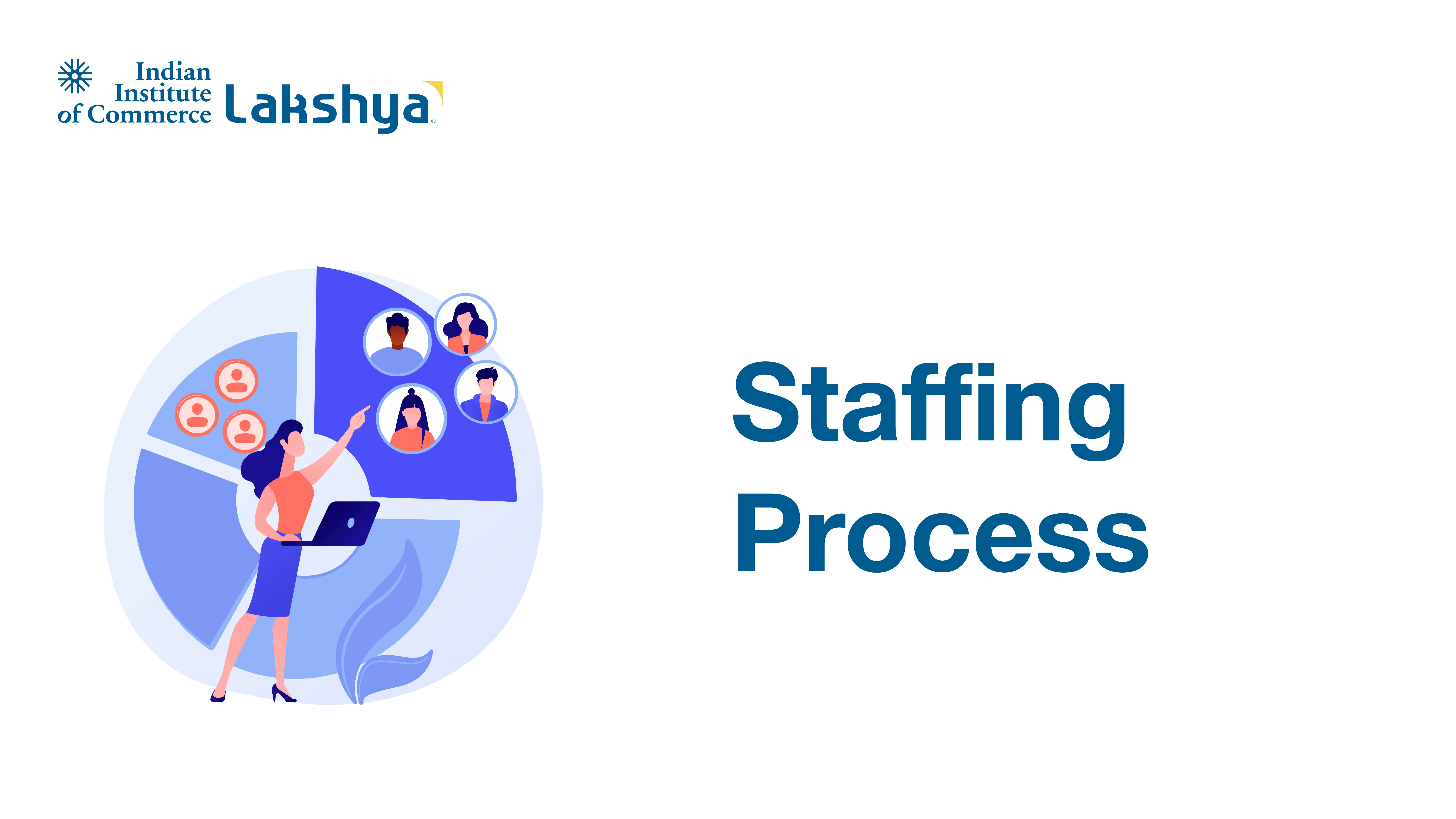






























































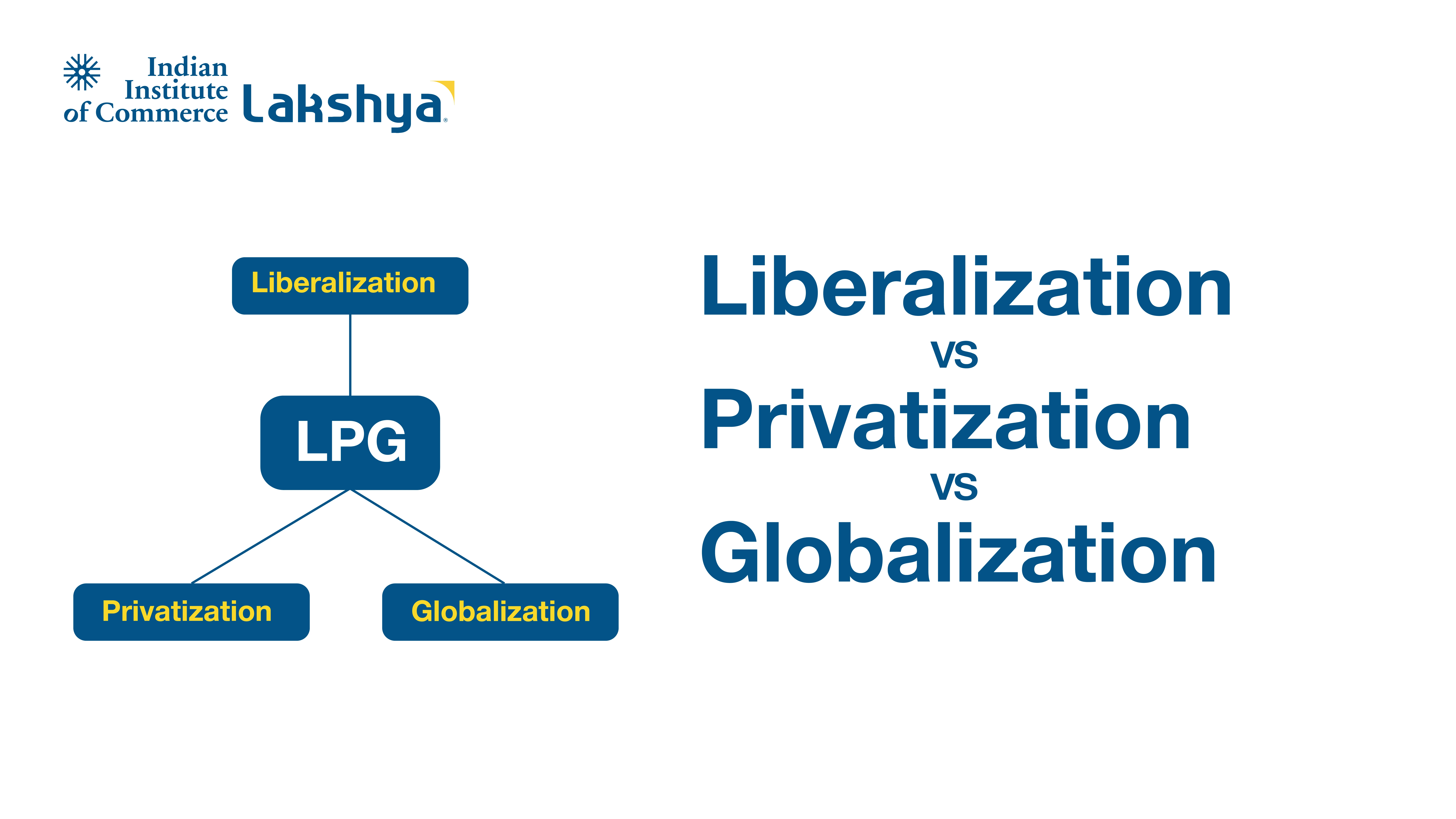








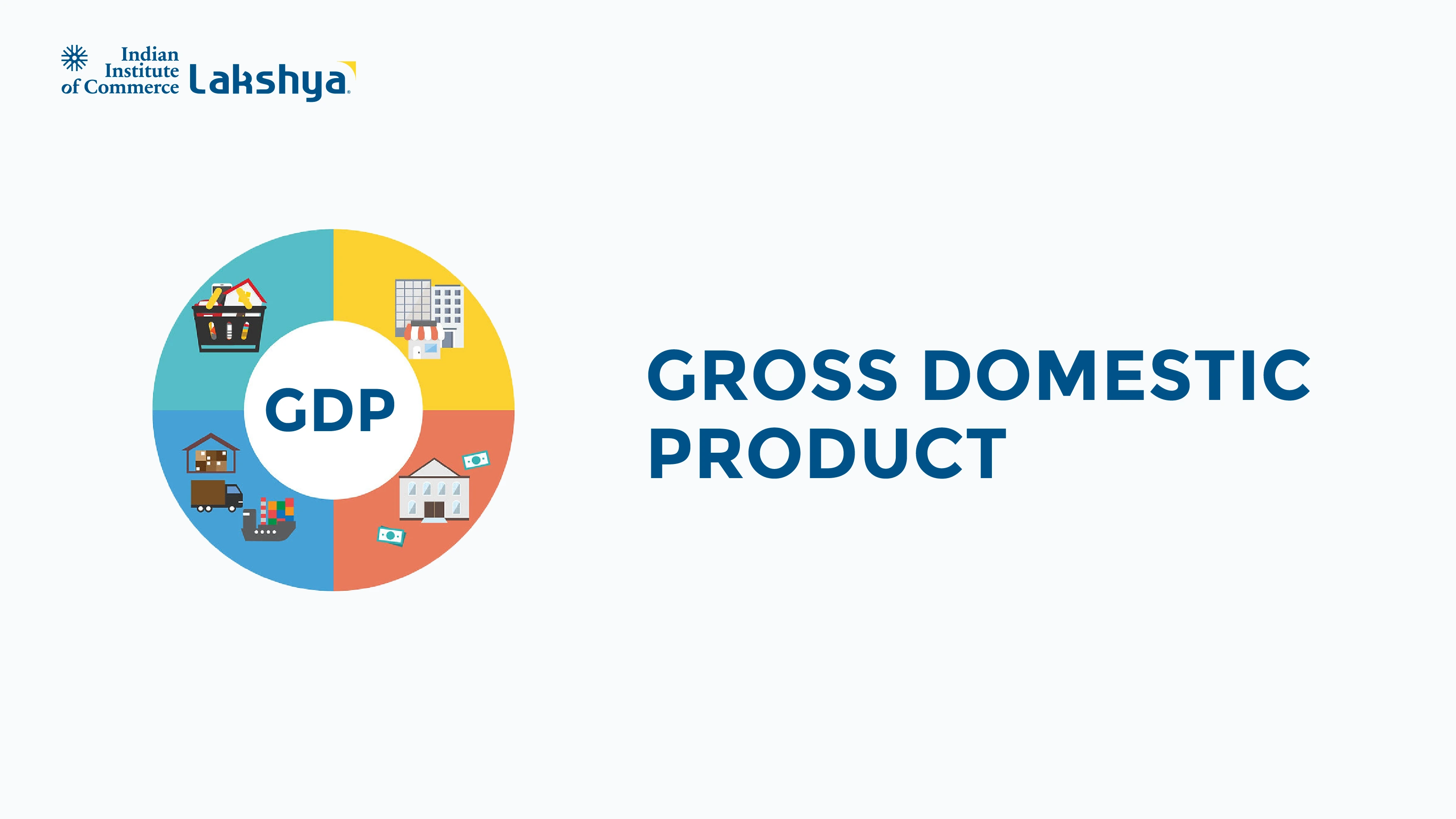
.webp)








